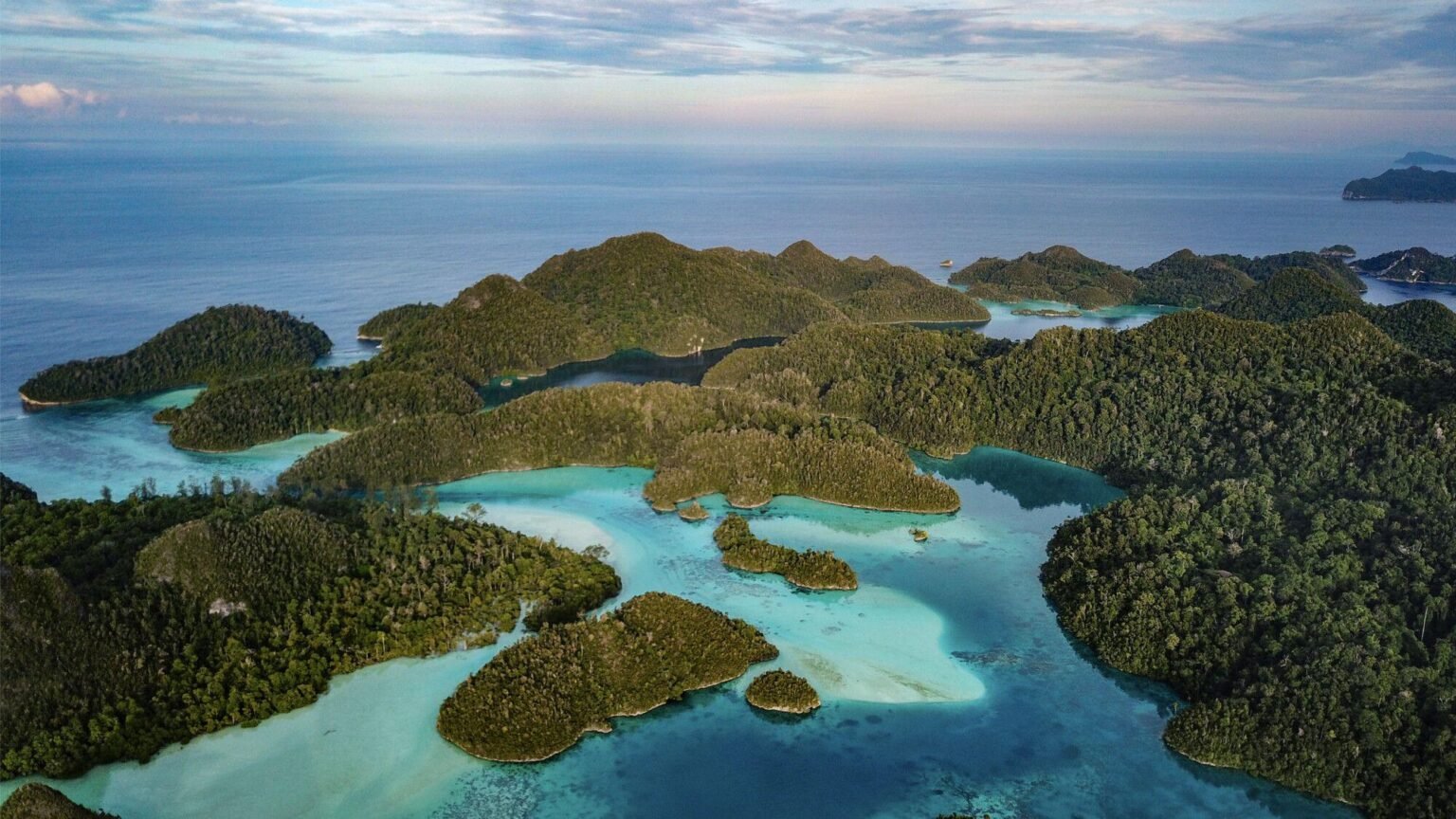Raja Ampat Under Threat: Biodiversity at Risk from Nickel Mining
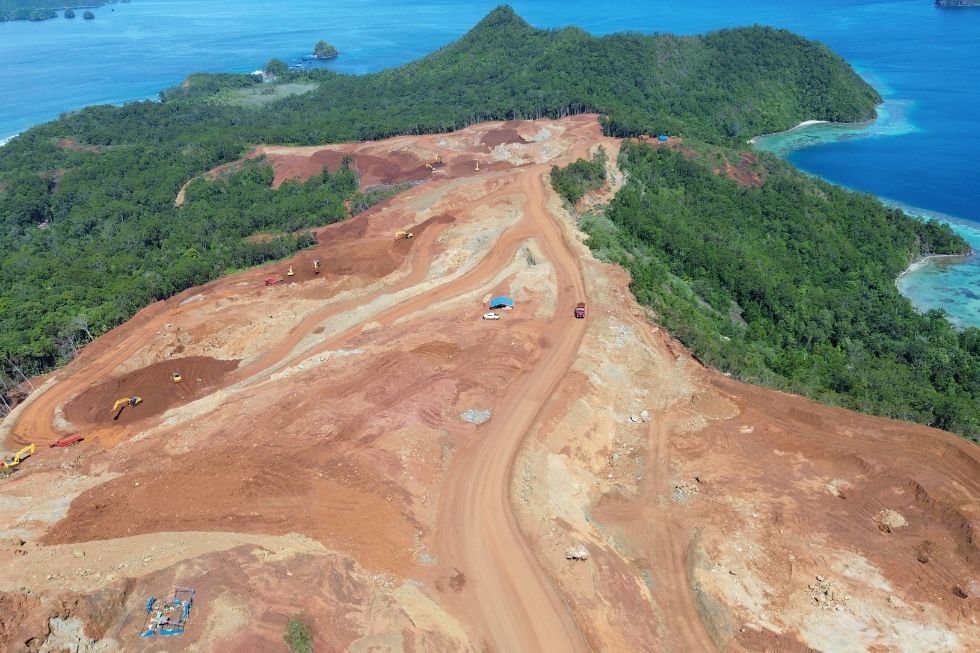
The global shift to clean energy and electric vehicles has sharply increased the demand for nickel, a key metal used in lithium-ion batteries. However, this growing demand is coming at a steep cost—particularly for nations rich in biodiversity and natural resources. One of the most alarming examples is nickel mining in Raja Ampat, Indonesia, where pristine ecosystems are being sacrificed for mineral extraction. Once celebrated as a marine paradise, Raja Ampat now faces mounting threats due to nickel mining in Raja Ampat, which is accelerating across its forested islands. The environmental consequences of nickel mining in Raja Ampat are prompting global concern about how green technologies can still harm the very ecosystems they aim to protect.
The Green Dilemma: How Nickel Mining in Raja Ampat Challenges Clean Energy Goals
Situated in Indonesia’s Southwest Papua Province, the Raja Ampat islands are often hailed as the “Amazon of the Seas.” These islands host an extraordinary array of marine species, including over 1,300 types of fish, more than 500 species of coral, and numerous endangered marine mammals. Conservationists have long advocated for its protection due to its critical role in marine biodiversity and ecological balance.
Environmental Damage Unfolding
Despite the region’s ecological importance, drone-captured images from environmental activists have revealed widespread deforestation and sediment-laden runoff into the surrounding waters. These visual records show the scars left by nickel mining operations that have expanded drastically over the last few years.
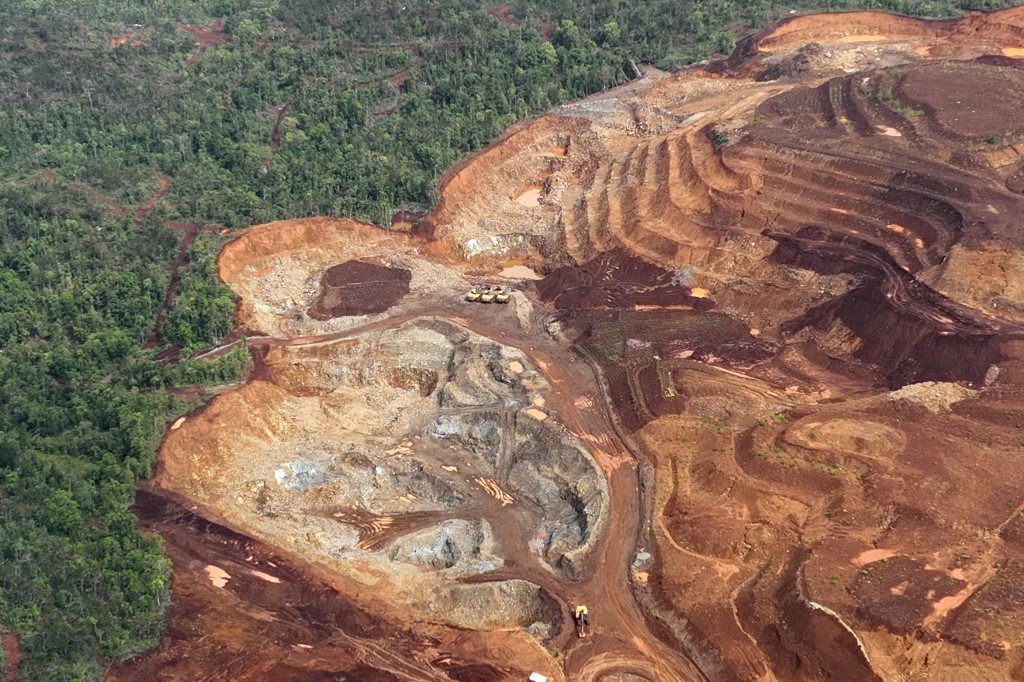
Between 2020 and 2024, mining-related land use increased by approximately 500 hectares—equivalent to nearly 700 football fields. The consequences include the destruction of vital forest cover, pollution of pristine coral reefs, and significant disruption to local ecosystems.
Government Action on Nickel Mining in Raja Ampat: A Partial Reprieve
The Indonesian government recently revoked the permits of four out of five mining companies in Raja Ampat—a move welcomed by environmentalists. The Ministry for the Environment stressed the urgent need to protect the region’s rich biodiversity and preserve this global marine heritage site.
However, one major company is still allowed to operate on Gag Island, which holds especially rich nickel reserves. Authorities have pledged to enforce ecological restoration measures, but conservationists remain skeptical.
Rising Tensions Over Nickel Mining in Raja Ampat and Legal Risks
Although the government’s intervention represents progress, several campaigners worry that legal challenges from mining companies could reverse the decision. These fears stem from past cases where environmental regulations were undermined by litigation from powerful industrial stakeholders.
The Global Push for Nickel: At What Cost?
Nickel plays a crucial role in the global movement towards clean energy. As countries ramp up EV production to meet climate goals, the demand for this metal continues to rise. Indonesia now accounts for more than 50% of global nickel mining, making it a central player in the battery supply chain.
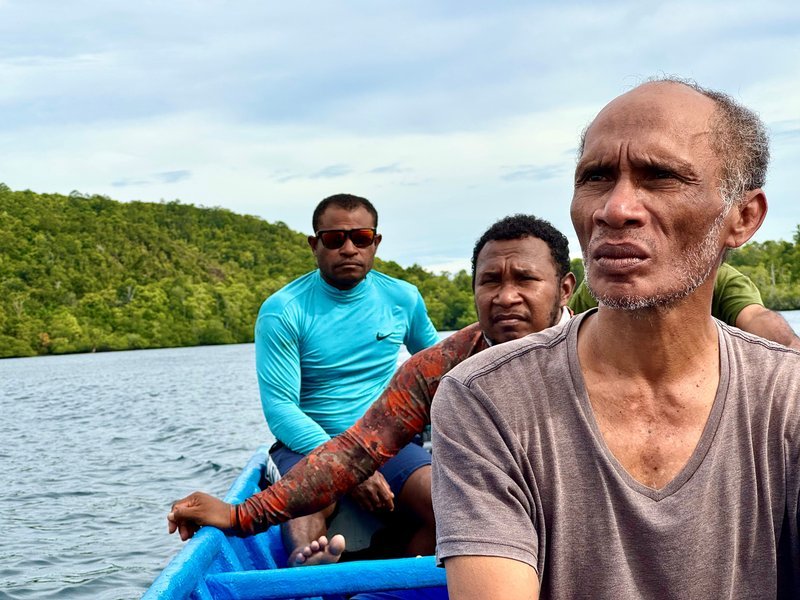
While this boosts Indonesia’s economic profile, it also places immense pressure on its natural resources. The allure of economic growth often clashes with environmental and social responsibilities, leaving local communities to bear the burden.
Voices from the Ground
Marine conservationist Dr. Mark Erdmann, who has worked in Raja Ampat for over 20 years, expressed relief at the government’s decision. He attributed the action to the vocal opposition of Indonesian citizens who demanded protection for their natural heritage.
Environmental campaigner Imam Shofwan warns that nickel mining, though climate-friendly, is destroying forests, water sources, and farmland.
Coastal Vulnerability and Climate Risks
Many nickel deposits lie in low-lying coastal areas—regions highly vulnerable to rising sea levels and extreme weather. Ironically, the push for electric vehicles, meant to fight climate change, is threatening ecosystems that help regulate Earth’s climate.
Social Impacts on Indigenous Communities
A 2024 study by the Durrell Institute of Conservation and Ecology revealed mining’s mixed effects on Sulawesi’s communities. Although poverty levels dropped slightly, the environmental toll was high. The region now faces polluted air, contaminated water, and shrinking farmland.
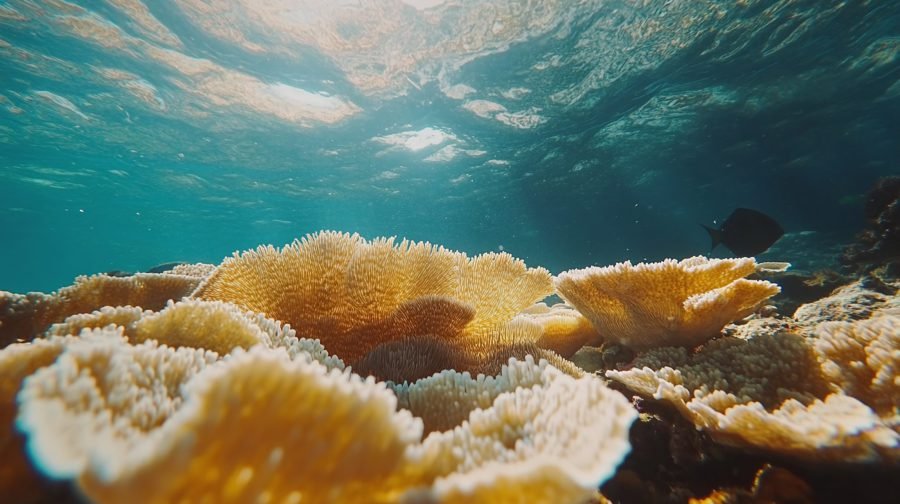
Local populations in Raja Ampat echo these concerns. Many depend on fishing and subsistence farming. Mining disrupts daily life, forces families to relocate, and breaks cultural ties to the land and sea.
A Crossroads for Indonesia
Indonesia finds itself at a critical juncture. The country is rich in nickel and eager to attract foreign investment and climb the global value chain in battery production. However, it must also balance these ambitions with its responsibilities as a steward of some of the world’s most vital ecological zones.
Dr. Michaela Guo Ying Lo, who led the 2024 study on mining impacts, stated that while Indonesia is positioning itself as a global nickel hub, the local consequences should not be overlooked. The long-term costs of environmental degradation may outweigh short-term economic gains.
Global Implications and Ethical Questions
The case of Raja Ampat raises broader ethical questions about the costs of the green transition. While electrification and battery technologies are essential for reducing fossil fuel dependence, the extraction of metals like nickel introduces new environmental and social challenges.
What level of ecological destruction is acceptable in pursuit of a greener planet? Can sustainability truly be achieved if it sacrifices biodiversity hotspots like Raja Ampat?
Alternative Solutions and Responsible Mining
Experts suggest that sustainable mining practices, strict enforcement of environmental regulations, and greater transparency are essential. Moreover, investing in battery recycling and the development of alternative materials could help reduce the reliance on freshly mined nickel.
Companies and governments must collaborate to adopt ethical sourcing standards and prioritize long-term ecological health over immediate economic returns.
Conclusion: Preserving Paradise
The Raja Ampat archipelago stands as a living testament to nature’s resilience and abundance. As global attention focuses on the region’s fragile beauty and mounting threats, there is an urgent need for responsible action.
The revocation of some mining permits marks a step in the right direction, but the journey to protect this marine paradise is far from over. The decisions made today will determine whether the world chooses a truly sustainable path—or trades one environmental crisis for another.
